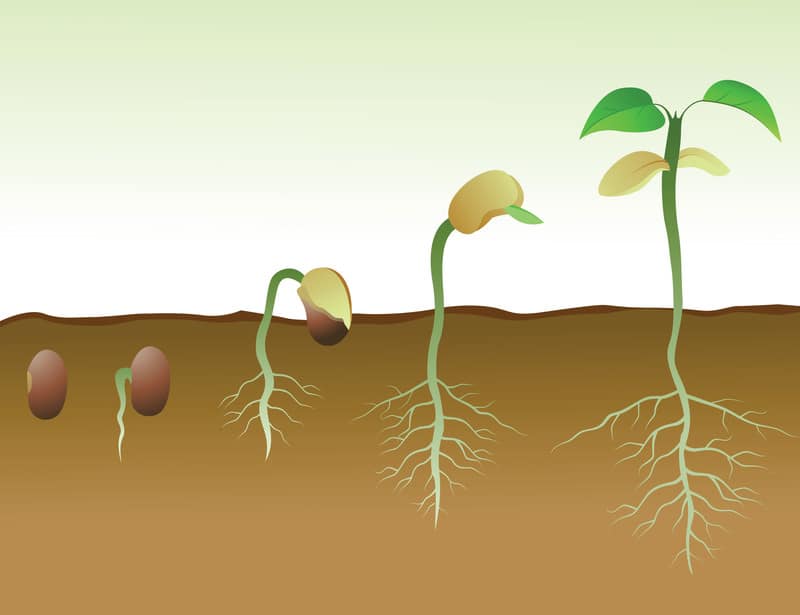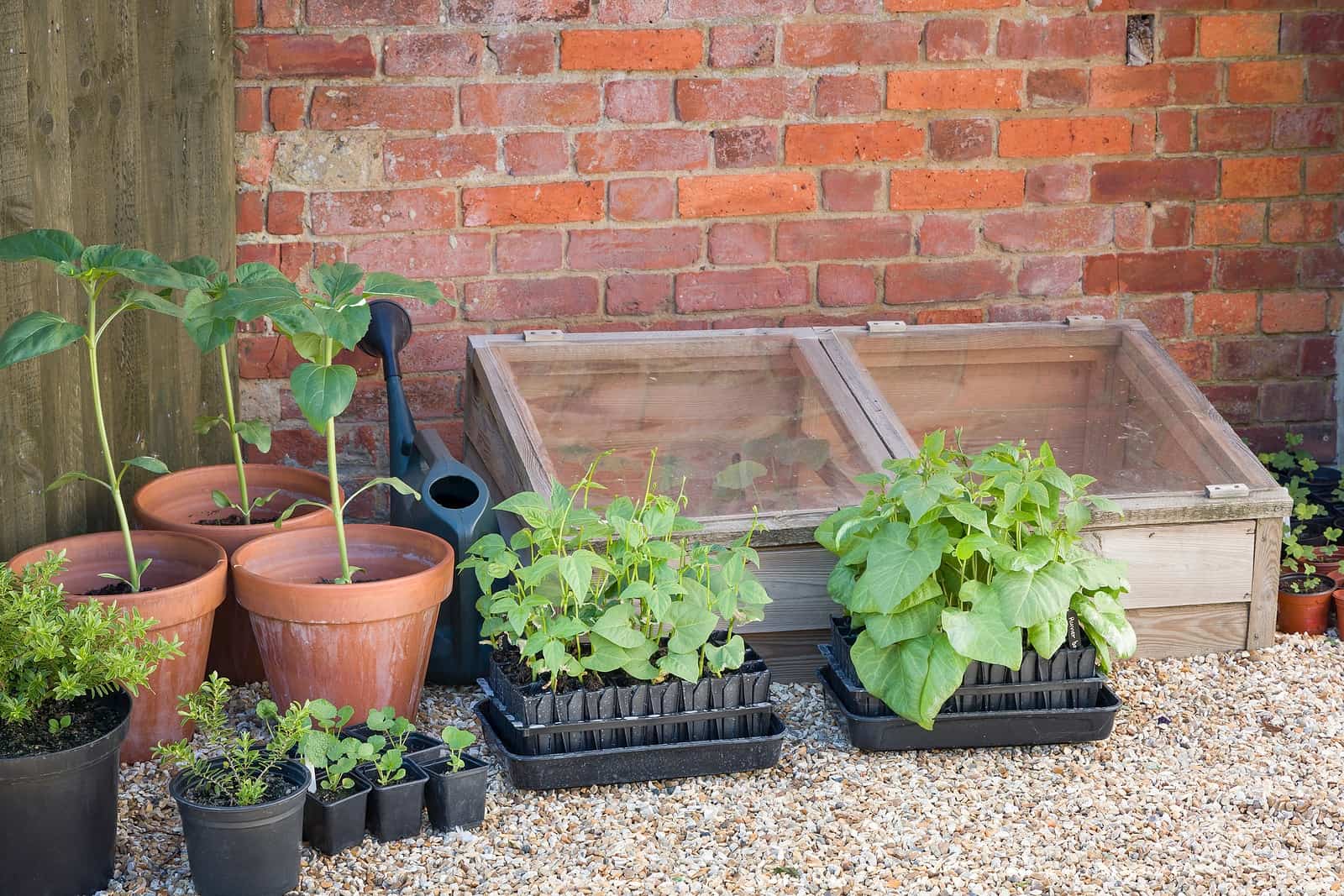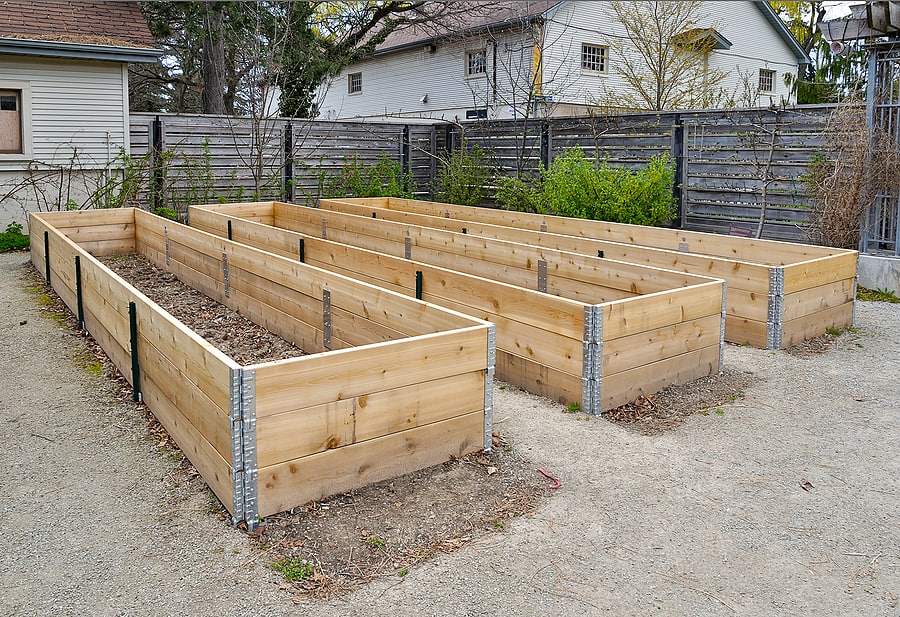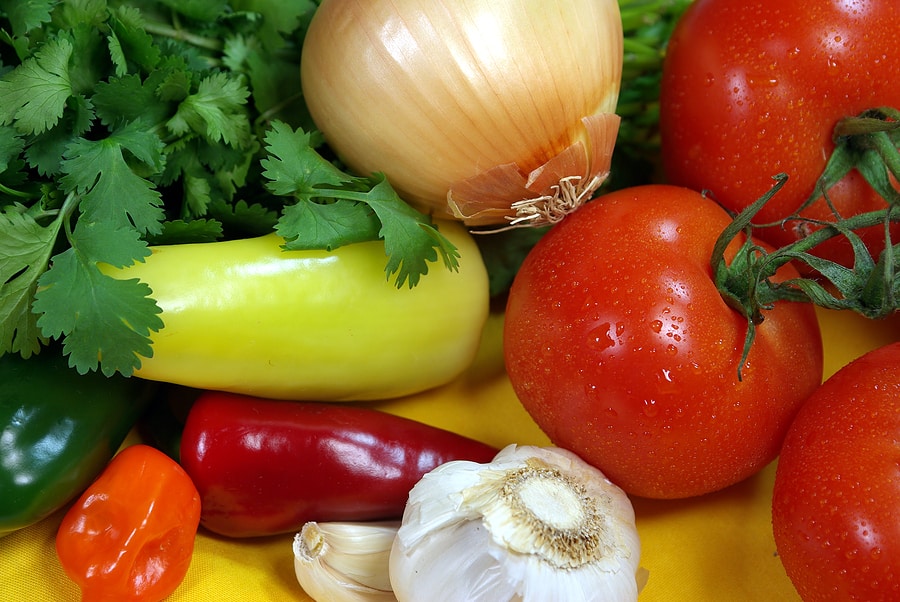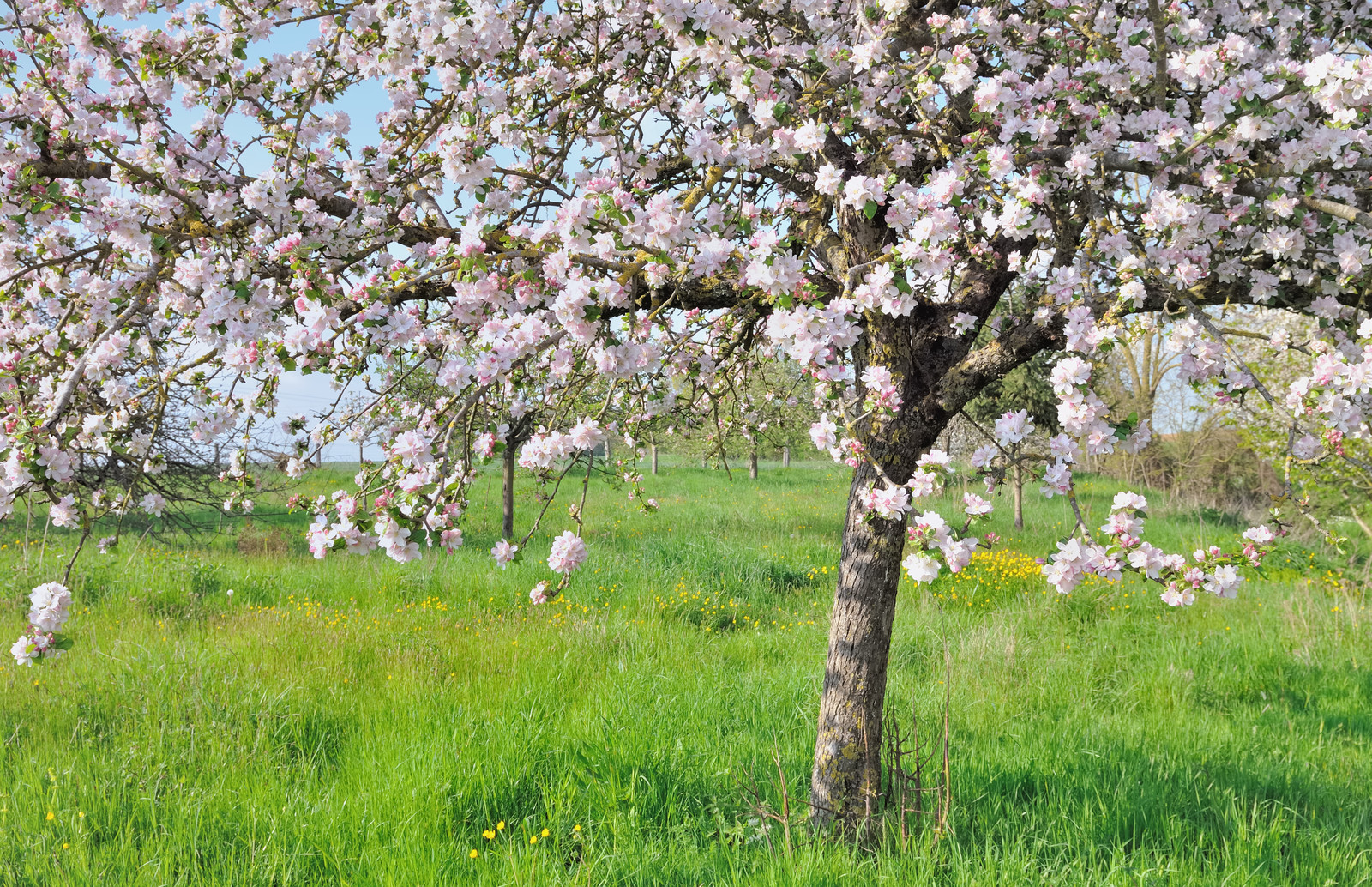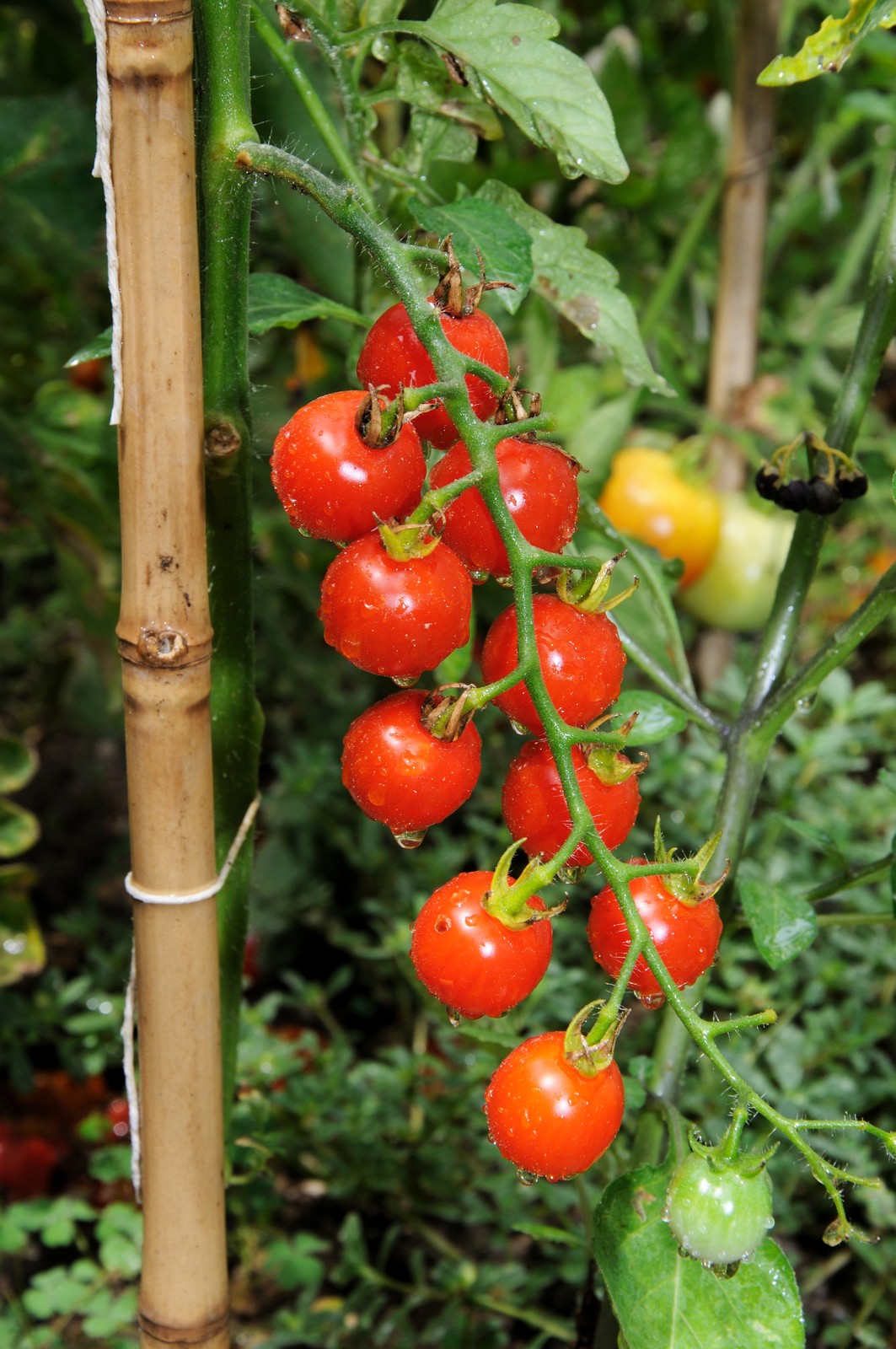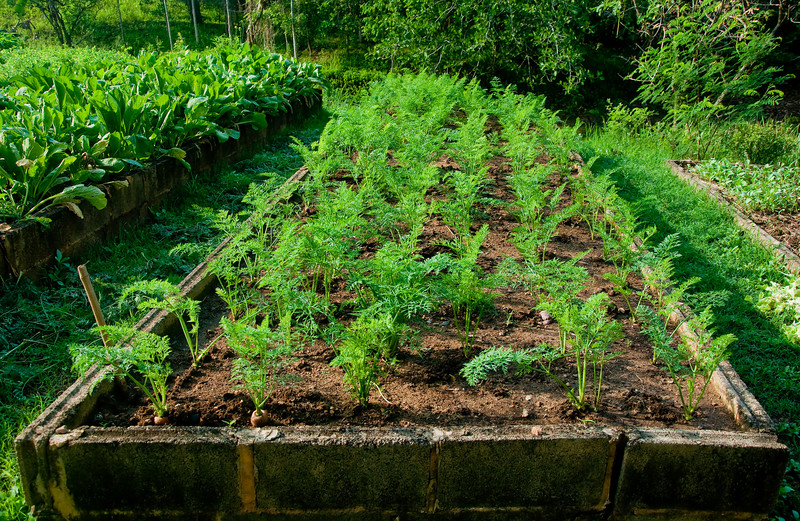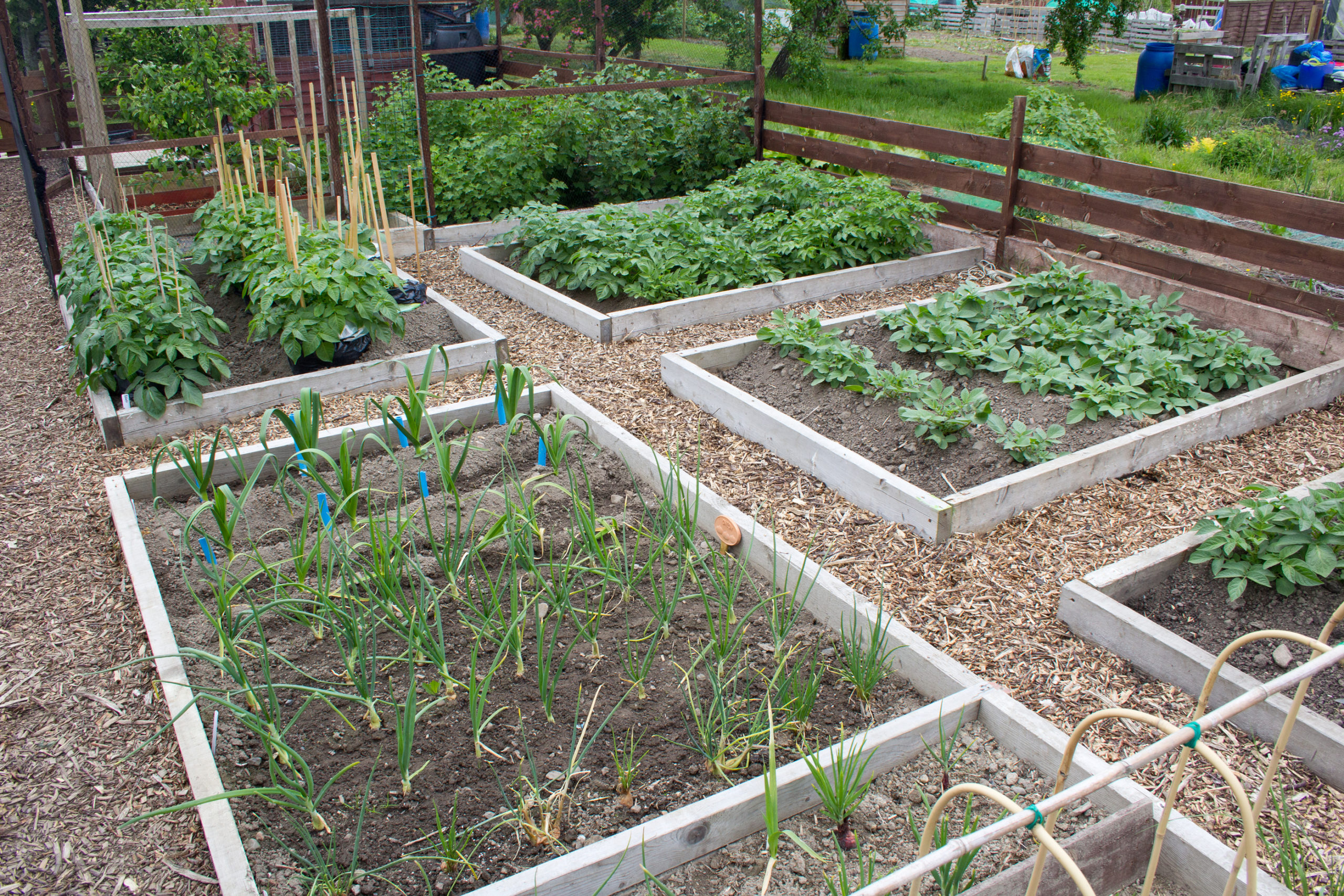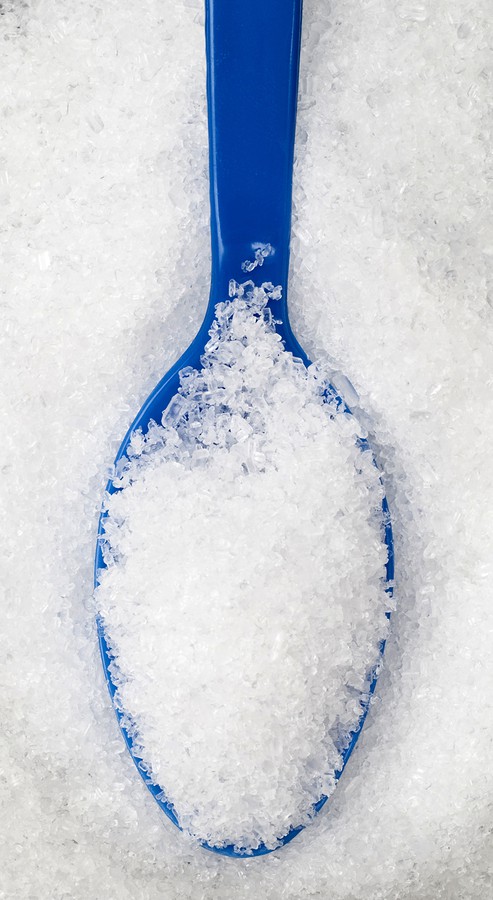How Plant Roots Grow
The health of a plant depends upon its roots. The yield of vegetables and fruits depends upon roots. Roots supply water and nutrients to a plant. Roots also support and anchor a plant to the soil. A root originates at the lower portion of a plant embryo or seedling. Root tips and tiny root hairs—which […] More

